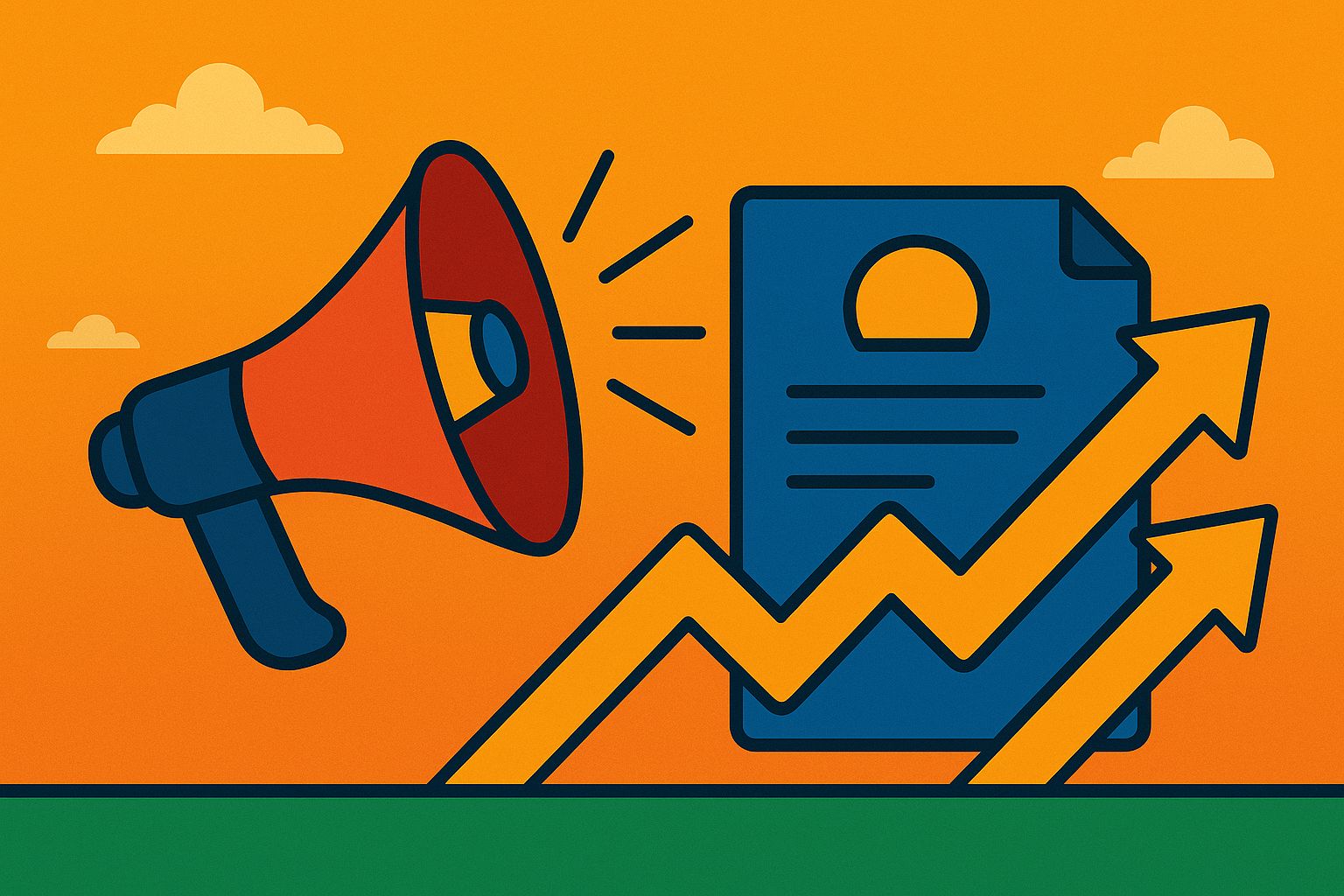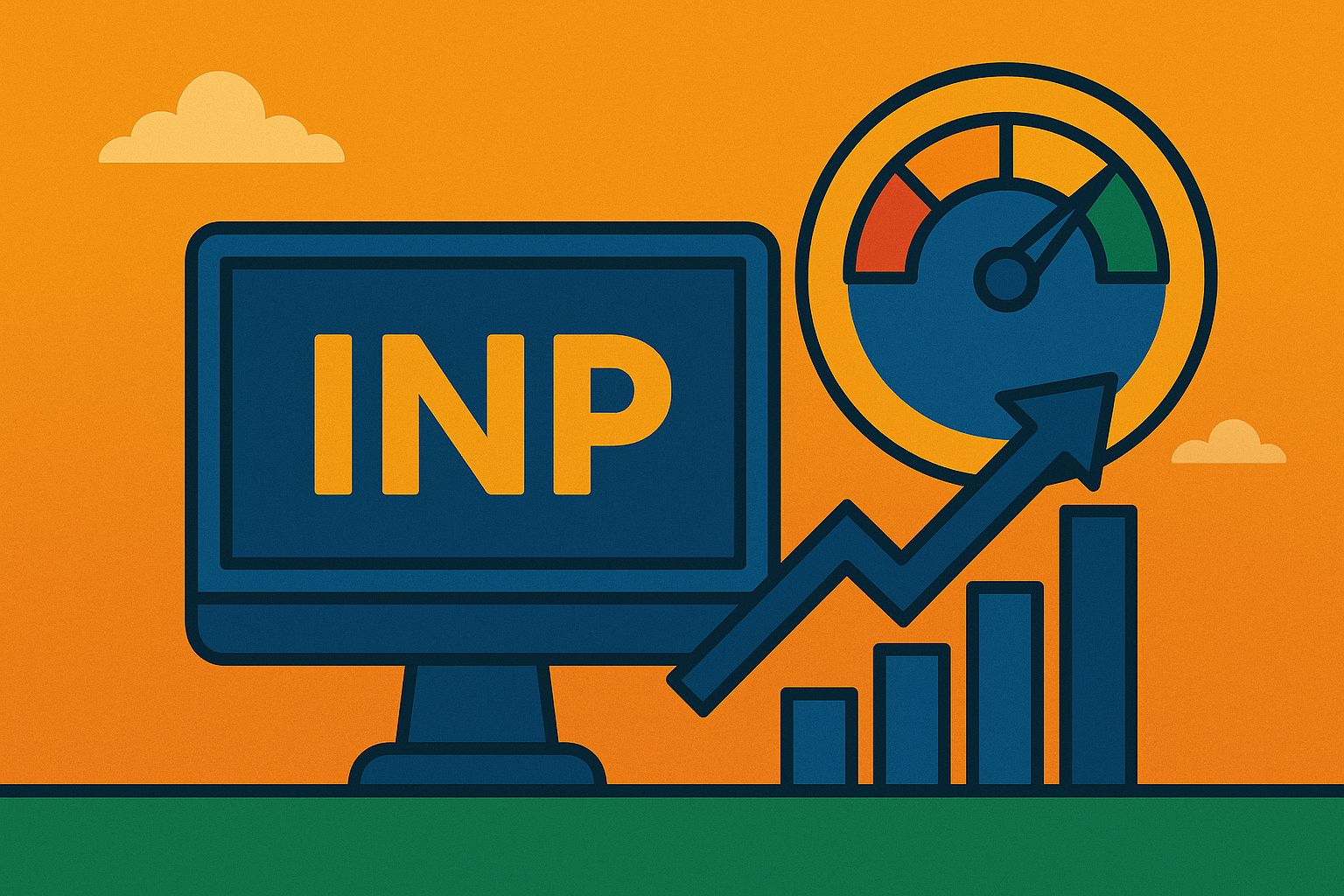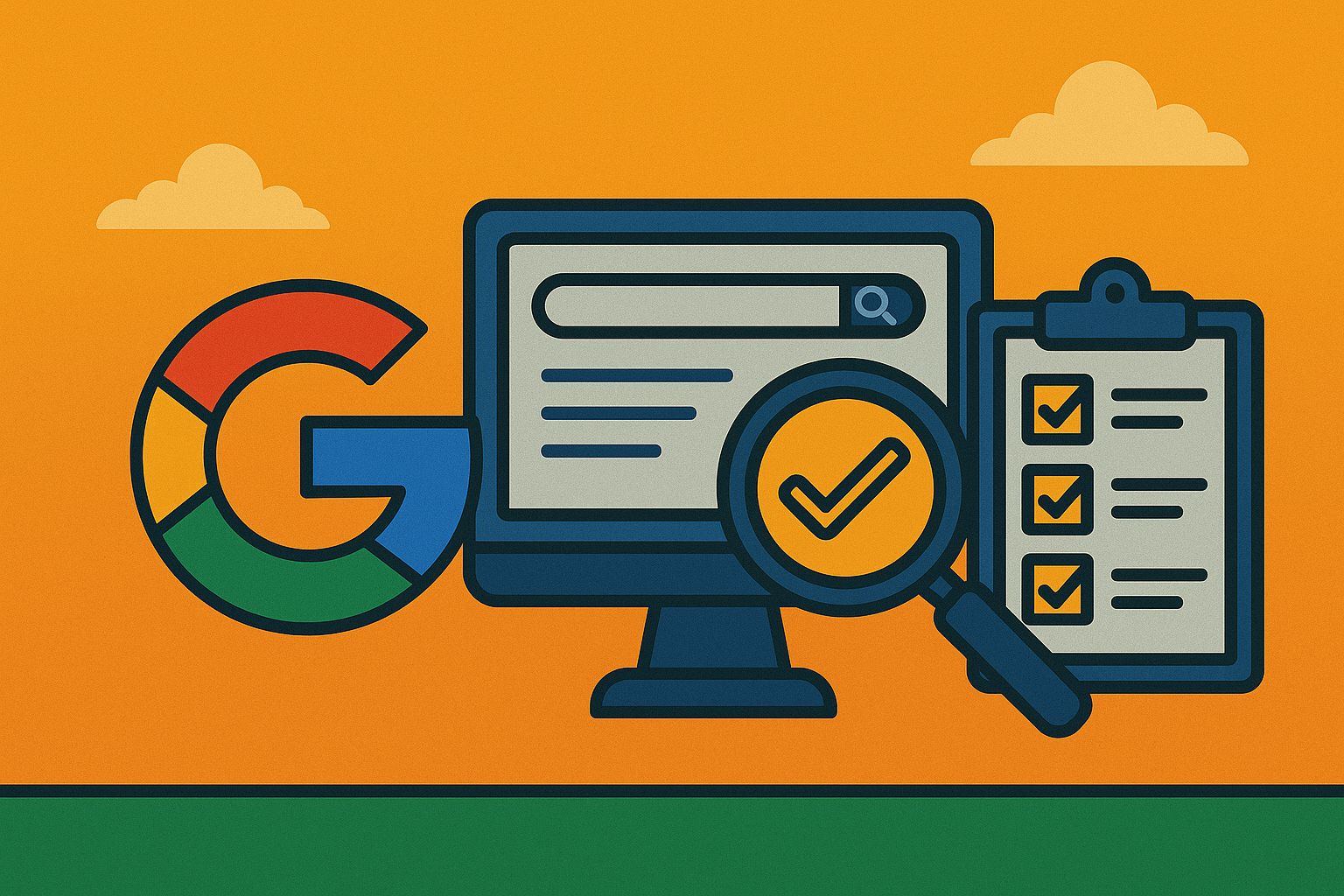The software development industry has always been at the forefront of technological advancement, serving as the backbone of innovation in almost every sector. From web applications to mobile platforms, artificial intelligence to cloud computing, software development shapes how industries operate, how businesses deliver value, and how individuals interact with technology on a daily basis. As we look toward the future, it’s clear that the pace of change in software development will only accelerate, introducing new challenges and unlocking unprecedented opportunities. With the proliferation of emerging technologies like artificial intelligence (AI), machine learning, blockchain, and quantum computing, the development landscape is shifting in ways that we have only just begun to understand. These technologies are not just tools—they represent a fundamental change in how software is conceived, developed, deployed, and maintained. At the same time, global challenges like cybersecurity threats, data privacy concerns, and the ethical implications of AI create a complex environment that developers must navigate carefully.
Beyond the technology itself, the way software is built is changing as well. Agile methodologies, DevOps practices, and the rise of continuous integration/continuous deployment (CI/CD) pipelines have become industry standards, but they too are evolving. With the rise of low-code and no-code platforms, even non-developers are being empowered to create software, fundamentally changing the dynamics of software development teams. The increased focus on cloud-native development and microservices is pushing developers to rethink how applications are architected, ensuring scalability, flexibility, and resilience in a rapidly changing digital world. However, with these advancements come significant challenges. As developers push the boundaries of what’s possible, they must also consider the ethical ramifications of their creations. How do we ensure that AI systems are fair and unbiased? How do we protect users’ data in an era of increasing cybersecurity threats? And how do we balance the demand for cutting-edge innovation with the need for sustainability, both environmentally and socially? The future of software development also poses practical questions about skills and workforce adaptation. As technologies evolve, developers must continually update their knowledge base, learning new programming languages, frameworks, and paradigms. The days of mastering a single language or tool are long gone. Today’s developers need to be agile learners, comfortable with adapting to new technologies and methodologies on a regular basis. The shift toward cloud-native and serverless computing is already challenging developers to rethink their approach to infrastructure, while the rise of AI-powered development tools threatens to change the role of the developer entirely.
This insight explores the key trends shaping the future of software development, including advancements in AI, the growing importance of cybersecurity, the rise of low-code and no-code platforms, and the adoption of cloud-native technologies. It will also examine the challenges these trends present and how developers can seize opportunities in this rapidly evolving landscape. As we move forward, the software development industry will continue to be a driving force of innovation, but success will require balancing cutting-edge technology with thoughtful, responsible practices.
1. The Rise of Artificial Intelligence and Machine Learning
AI and machine learning are transforming how software is developed, tested, and maintained. Tools driven by AI, such as automated code generation, predictive algorithms, and intelligent assistants, are streamlining workflows, allowing developers to focus on creative problem-solving rather than repetitive tasks.
Key trends:
- AI in Code Generation: AI-driven platforms like GitHub Copilot are gaining popularity, enabling developers to write code faster with AI-powered suggestions.
- AI for Testing: Automated testing with AI reduces the time required for quality assurance, improving efficiency while minimizing human error.
- Personalized User Experiences: By integrating machine learning models, developers can create software that evolves to meet user needs in real-time, enhancing user engagement.
Challenges and Opportunities:
- While AI speeds up development, there are concerns about over-reliance on automation and the accuracy of AI-generated code.
- Opportunities exist for developers who embrace AI, especially in industries like healthcare, finance, and retail, where AI-powered software solutions can drive transformative changes.
2. Cybersecurity as a Crucial Imperative
As software becomes more pervasive, cybersecurity is an increasingly critical concern. The rise in cyberattacks has underscored the importance of secure coding practices and the need for software that can withstand potential threats.
Key trends:
- DevSecOps: This development practice integrates security into the DevOps pipeline, ensuring that security is a priority from the beginning of the development cycle.
- Zero Trust Architecture: With the increasing threat landscape, zero trust architecture—where no user or device is trusted by default—is becoming a norm.
- Encryption and Authentication: Advanced encryption techniques and biometric authentication mechanisms are being implemented across software applications to prevent data breaches.
Challenges and Opportunities:
- Cybersecurity is both a technical and business challenge; developers must balance innovation with the need for secure systems.
- Developers with expertise in secure coding practices will be in high demand, particularly in sectors like fintech, healthcare, and government.
3. Low-Code and No-Code Development Platforms
Low-code and no-code platforms are democratizing software development by enabling non-developers to build applications. These platforms allow businesses to rapidly prototype and deploy solutions without relying heavily on traditional developers, speeding up the development process.
Key trends:
- Citizen Development: Employees with minimal technical knowledge can create business applications using low-code/no-code platforms, helping bridge the gap between IT and business units.
- Increased Efficiency: These platforms allow rapid development of internal tools, reducing the time-to-market for many projects.
- Customization Limitations: While low-code/no-code platforms can speed up development, they have limitations in terms of customization and scalability.
Challenges and Opportunities:
- Traditional developers may face competition from low-code/no-code platforms, but there will always be a need for custom, complex solutions that these platforms can’t offer.
- Developers can seize opportunities by integrating low-code/no-code solutions into their projects to streamline certain aspects of development.
4. Cloud-Native Development
Cloud-native development is a future-focused approach that leverages the cloud for developing, deploying, and managing applications. It is essential for businesses seeking scalability, flexibility, and cost-efficiency.
Key trends:
- Microservices Architecture: By breaking applications into small, independent services, developers can build more resilient and scalable software.
- Containerization and Kubernetes: Containers allow applications to run consistently across different environments, while Kubernetes automates deployment and scaling, enhancing flexibility.
- Serverless Computing: Developers can focus solely on writing code without managing infrastructure, improving efficiency and reducing operational costs.
Challenges and Opportunities:
- Managing cloud-native applications requires new skills in cloud infrastructure, container orchestration, and security.
- Developers proficient in cloud-native technologies like Kubernetes, Docker, and AWS will be well-positioned to capitalize on the growing demand for scalable cloud solutions.
5. The Need for Sustainable and Ethical Software Development
Sustainability and ethical practices are gaining importance in the software development community. Developers are increasingly tasked with creating applications that not only perform efficiently but are also environmentally sustainable and ethically sound.
Key trends:
- Green Coding: Developers are focusing on writing energy-efficient code that reduces the carbon footprint of software systems.
- Ethical AI: As AI systems become more powerful, ensuring that these technologies are developed and used ethically is critical. This includes addressing issues like data privacy, algorithmic bias, and transparency.
Challenges and Opportunities:
- Developers face the challenge of balancing performance with sustainability. Optimizing code for energy efficiency can sometimes compromise performance.
- The rise of ethical AI offers opportunities for developers to lead the charge in creating fair, transparent, and responsible AI solutions.
6. Continuous Learning and Adaptation
The rapid pace of technological change means developers must commit to continuous learning. Staying ahead of the curve requires adapting to new languages, frameworks, and tools.
Key trends:
- Online Learning Platforms: Platforms like Coursera, Udemy, and Pluralsight provide on-demand training in the latest technologies, helping developers stay up-to-date.
- Developer Communities: Active participation in open-source communities, hackathons, and meetups can help developers stay connected to industry trends.
Challenges and Opportunities:
- Developers who fail to continuously upgrade their skills risk becoming obsolete as technology evolves.
- On the flip side, those who embrace lifelong learning and adaptability will have the opportunity to lead in emerging fields, such as quantum computing or blockchain development.
7. Embracing New Programming Paradigms and Languages
As the software landscape evolves, so do the languages and paradigms that developers use. The future of software development will likely see a rise in new programming languages and paradigms that cater to the growing complexity and scale of software systems.
Key trends:
- Functional Programming: Functional programming languages like Haskell, Scala, and Elixir are gaining traction due to their ability to handle complex data transformations and parallel processing efficiently.
- Quantum Computing: As quantum computers become more mainstream, developers will need to learn quantum programming languages such as Qiskit and Cirq to leverage the power of quantum computing for problem-solving.
Challenges and Opportunities:
- Developers need to stay open to new paradigms and languages while retaining proficiency in established ones like JavaScript, Python, and Java.
- Early adopters of emerging languages and paradigms will have a competitive advantage in the future job market.
Conclusion
The future of software development is bright, filled with innovation and potential. However, it is also fraught with challenges that developers must navigate carefully. From the rise of AI and cloud-native development to the increasing importance of cybersecurity and sustainability, the field is evolving at a rapid pace. Developers who can adapt to these changes by continuously upgrading their skills, embracing new technologies, and maintaining ethical practices will thrive in this dynamic environment.
Ultimately, the future of software development is about balancing cutting-edge technology with human creativity and responsibility. By seizing opportunities and addressing challenges, the next generation of software developers can shape the future of the industry in ways that are innovative, impactful, and sustainable.




